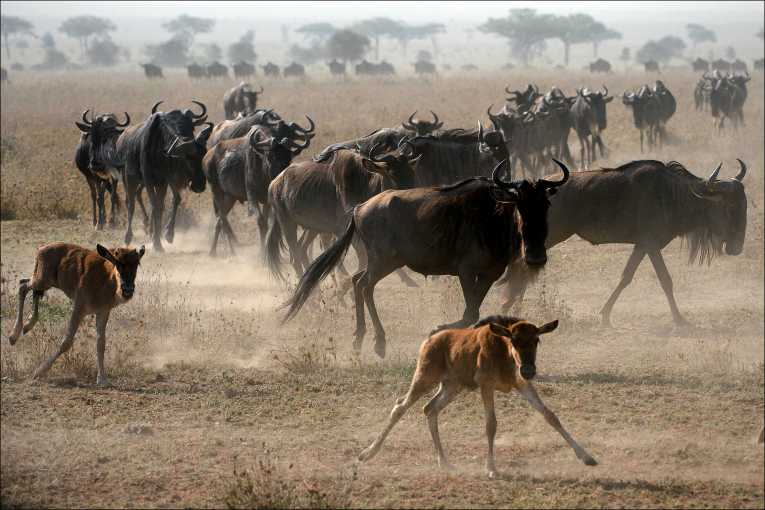At a meeting with the World Bank, Tanzania's President, Jakaya Kilwete, gave his support and approval for the major highway project. President Kilwete said that the highway planned through the Serengeti National Park is not a major disaster for the environment. He was concerned that without the highway the ''road to the south would not solve transport challenges of communities living on the northern side of the park''.
The Serengeti National Park is an important ecosystem and is registered as a World Heritage Site. The adjacent Masai Mara and the northern area of the Serengeti National Park serve as a vital migration destination point for the zebra and wildebeest as this is the only place year-round drinking water can be found.
Scientists estimate that if these animals were prevented from accessing these important watering areas then the population of wildebeest would see a significant decline from the current 1.3 million animals to around 200,000 animals. This would mean a collapse in the wildebeest population and potentially result in the end of the great migration. The Frankfurt Zoological Society is particularly concerned: ''We sincerely believe that the road will have disastrous effects on the entire ecosystem''.
The new highway is planned to be a major commercial link crossing the Serengeti migration path. Conservationists and scientists throughout the world are concerned that the roading project will result in major environmental degradation and a massive loss of wildlife as well as this important site potentially being totally destroyed.
The Serengeti National Park is also an increasingly popular tourist destination, particularly amongst eco-tourists, and some of the tour operators in the park have voiced their concern about the damage the highway will also have on the tourism industry.
President Kilwete believes that because the highway will not be pathed it will have less impact than a concreted highway. However, the Tanzanian government has confirmed through its own study that by the end of 2016 over a million vehicles will have used this highway. It is the ever-increasing vehicle numbers leading to a major environmental disaster that is more of a concern for the conservationists.










